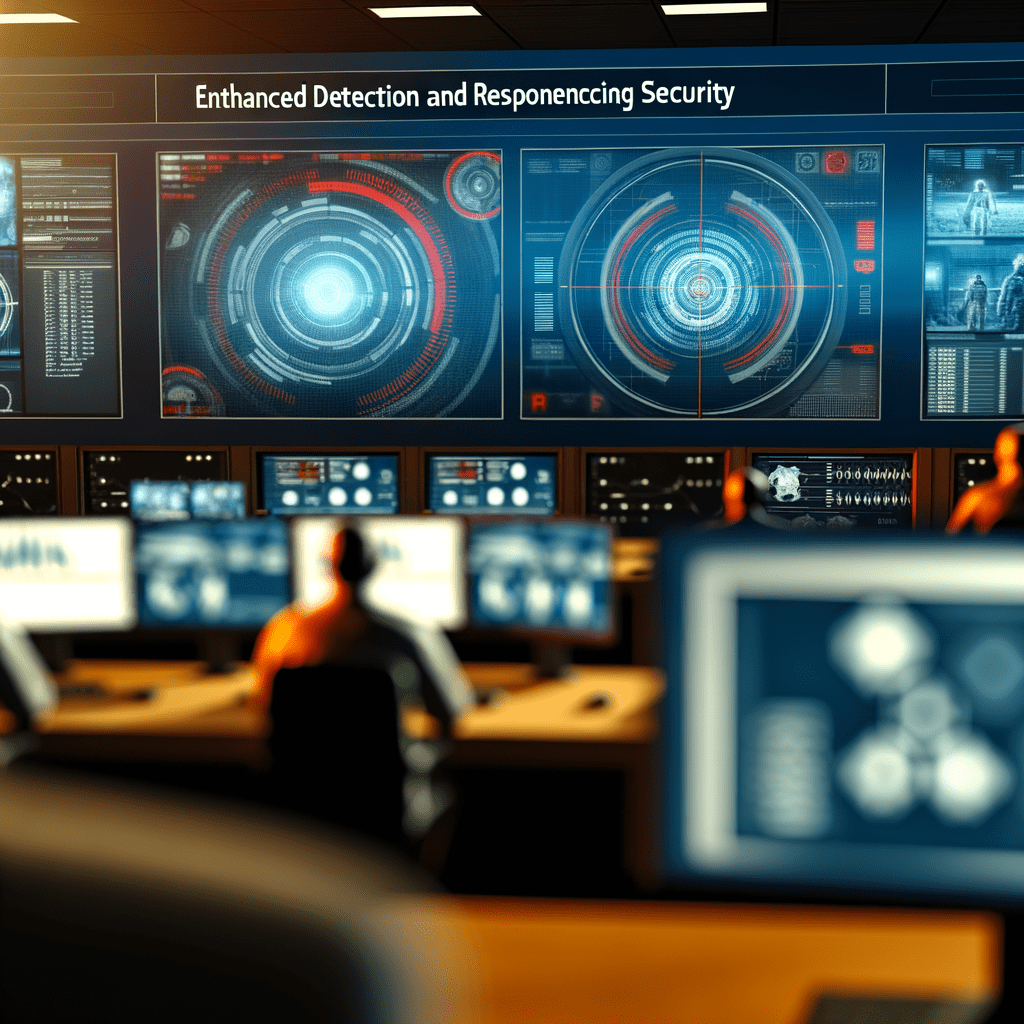The Role of Endpoint Detection and Response (EDR) in Security
The digital landscape is continually evolving, necessitating advanced measures to combat intricate cyber threats. Endpoint Detection and Response (EDR) is pivotal in fortifying cybersecurity frameworks. This article delves into EDR’s fundamental role in modern security strategies, highlighting its mechanisms and benefits while distinguishing it from traditional antivirus solutions.
The Mechanisms of EDR
EDR is more than an evolution of traditional antivirus software. It encompasses a comprehensive set of tools and techniques designed to detect, investigate, and respond to threats on endpoints in real-time. Unlike conventional antivirus programs, which rely heavily on predefined signatures, EDR utilizes advanced algorithms and machine learning to identify and mitigate zero-day threats and sophisticated malware.
One of the core components of EDR is its ability to continuously monitor all endpoint activities. This persistent vigilance enables the early detection of anomalous behavior that could indicate a breach. Moreover, EDR solutions can automatically respond to incidents, isolating compromised endpoints to prevent lateral movement within a network, thus significantly reducing the potential damage from sophisticated attacks.
Integrating EDR with Wider Security Architectures
Effective cybersecurity is not achieved in isolation, and EDR must be integrated into broader security architectures to maximize its potential. When combined with other tools like SIEM (Security Information and Event Management) systems, EDR solutions provide holistic insights into a network’s security posture. These integrations enable security teams to correlate data across different platforms, which enhances threat intelligence and allows for quicker, more informed decision-making.
EDR also plays a crucial role in threat hunting. Its detailed logging capabilities allow cybersecurity professionals to delve deeper into attack patterns and trace the origins of suspicious behaviors. This proactive approach not only aids in resolving current incidents but also strengthens the overall security infrastructure against future threats. Adoption of EDR in a layered security strategy ensures comprehensive protection encompassing prevention, detection, and response.
Conclusion
Endpoint Detection and Response (EDR) has emerged as an essential component of effective cybersecurity strategies. By offering real-time monitoring, intelligent threat detection, and swift incident response, EDR significantly bolsters endpoint protection. When integrated into broader security architectures, EDR enhances organizational resilience against evolving cyber threats, providing a robust defense tailored for today’s digital challenges.




